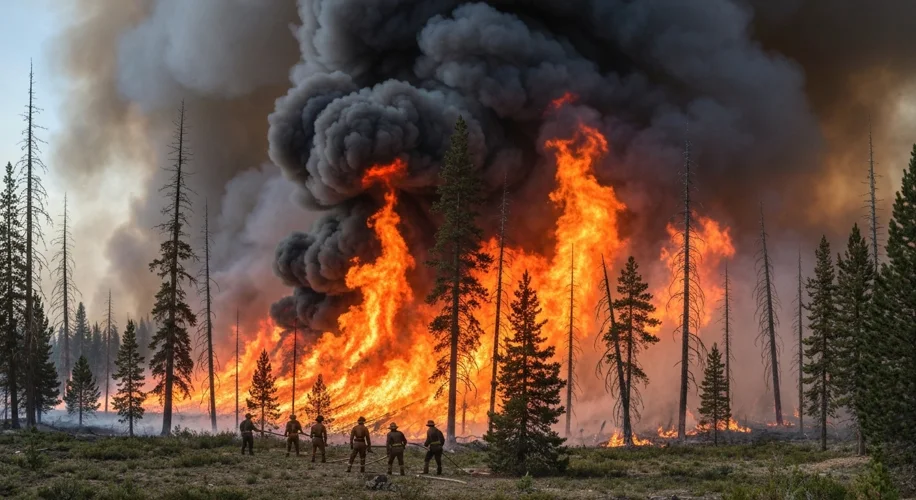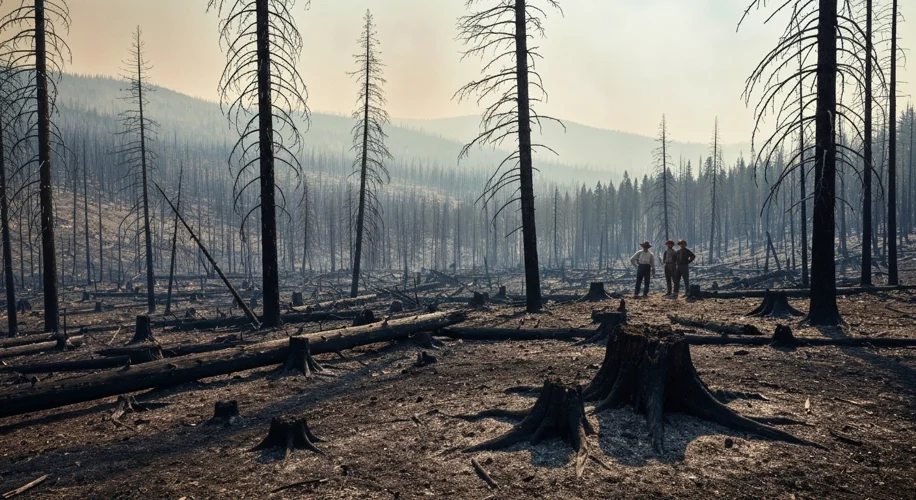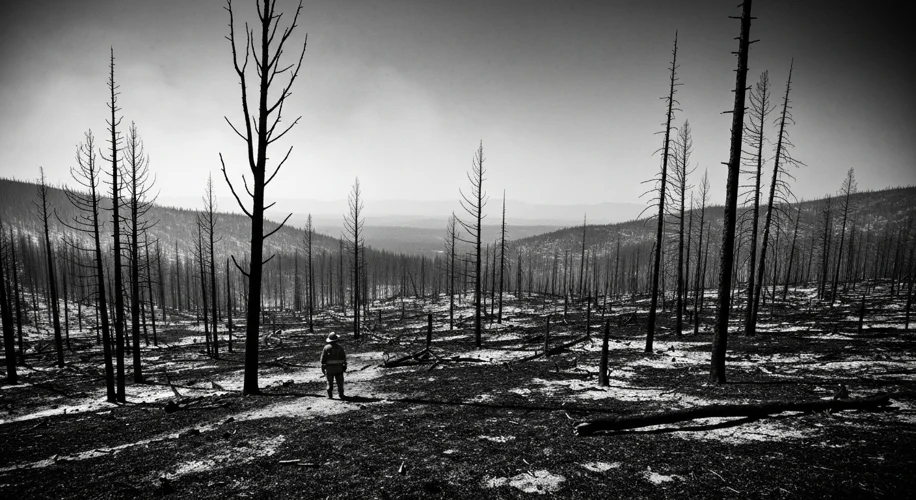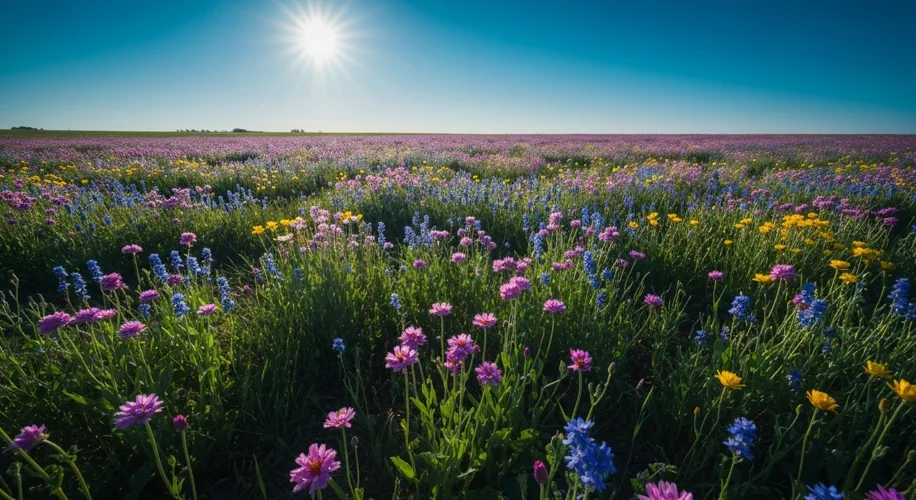Picture this: a sweltering August in 1910. The American West, a land of rugged beauty and burgeoning settlements, was tinder-dry. A relentless drought had baked the earth for months, turning forests into vast, combustible furnaces. Little did the inhabitants know, they were on the cusp of experiencing nature’s fury unleashed on an unimaginable scale – the Great Fire of 1910.
A Land Parched and Primed
The early 20th century saw a westward expansion driven by dreams of opportunity. Loggers, miners, and settlers carved their lives into the vast timberlands of Montana, Idaho, and Washington. Yet, this era also coincided with a burgeoning, and often misguided, philosophy of forest management. The prevailing belief was that all fires were destructive and should be suppressed at all costs. This policy, actively promoted by the newly formed U.S. Forest Service, meant that even small blazes were met with vigorous efforts to extinguish them. However, this aggressive fire suppression inadvertently created the conditions for a catastrophe, allowing dead wood and underbrush to accumulate over decades, creating a fuel load of epic proportions.
The Spark Ignites an Inferno
On August 20, 1910, a series of lightning strikes, coupled with a powerful windstorm, ignited thousands of fires across the drought-stricken Northern Rockies. These weren’t mere blazes; they were the sparks that would set aflame an empire of trees. The wind acted as an accelerant, fanning the flames into monstrous infernos that moved with terrifying speed. Towns like Wallace, Idaho, were directly in the path of this fiery onslaught. Residents, accustomed to the smoke and occasional small fires, were suddenly faced with an existential threat.

Voices in the Flames
The stories from this period are harrowing. Edward Pulaski, a Forest Service ranger in the heart of the firestorm, became a legendary figure. Trapped with his crew near the town of Avery, Idaho, Pulaski led his men into an abandoned mining tunnel, the “Big Blowout,” to escape the raging inferno. As the fire roared outside, threatening to suffocate them, Pulaski stood guard at the entrance, reportedly using his ax to beat back the flames and keep his men from panicking and running out into the deadly blaze. “All the damn fools, they went out to die” he is famously quoted as saying to those who fled. His courage saved 30 men, though he himself suffered severe burns.
Meanwhile, citizens in towns like Wallace faced desperate evacuations. The air was thick with smoke so dense that daylight turned into an eerie twilight. The roar of the fire was deafening, punctuated by the crackling of trees and the groan of collapsing structures. Families fled with whatever possessions they could carry, their homes and livelihoods threatened by the insatiable flames.
A Landscape Transformed
The Great Fire of 1910 burned for two days, but its impact resonated for decades. An estimated 800 separate fires merged into one colossal conflagration, consuming approximately 3 million acres in the United States and an additional 1 million acres in British Columbia, Canada. The scale was staggering, wiping out entire towns and leaving behind a blackened, desolate landscape. The economic toll was immense, impacting the timber industry and the livelihoods of countless people.

Echoes and Repercussions
The Great Fire of 1910 was a brutal, albeit effective, teacher. The sheer magnitude of the disaster forced a fundamental re-evaluation of forest management practices. The previous doctrine of complete fire suppression was recognized as flawed. It became clear that fire, when controlled, could be a natural and even beneficial part of forest ecosystems. This realization paved the way for a more nuanced approach, incorporating prescribed burns and allowing natural fires to play their role in clearing undergrowth and rejuvenating forests.
This shift in thinking was championed by figures like Gifford Pinchot, the first Chief of the U.S. Forest Service, who, despite his earlier suppression policies, recognized the need for change after witnessing the devastation. The fire underscored the immense power of nature and the humbling reality that some forces are beyond human control. It shaped the very landscape of the American West, influencing forest composition and the way we interact with wildlands to this day.

The Great Fire of 1910 serves as a stark reminder of the dynamic relationship between humanity and the natural world. It’s a story of courage in the face of overwhelming odds, a turning point in conservation history, and a dramatic testament to the untamed power that still shapes our wild places.

